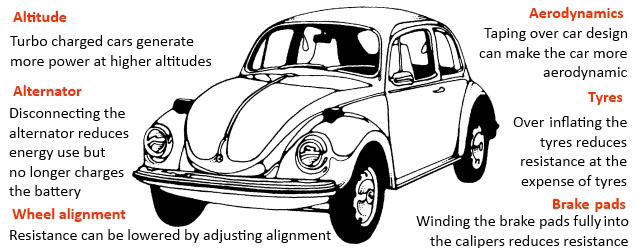Manufacturers manipulating fuel efficiency stats

Car manufacturers stand accused of manipulating fuel efficiency and emissions tests
A campaign group has produced a report claiming that prospective car buyers are being misled by inaccurate data from “massaged test results”.
The majority of new car buyers will be looking for an economical vehicle that won’t damage the environment, governments are also keen to promote this kind of vehicle so this means competition to produce the cleanest, most fuel efficient vehicle money can buy is extremely fierce in the vehicle manufacturing industry. Unfortunately manufacturers are misleading us with data obtained from tests carried out in unrealistic laboratory conditions.
Pressure group Transport & Environment claims it has evidence that vehicles are being “tweaked” prior to undergoing compulsory fuel efficiency and emission testing in order to achieve unrealistically low results. “It’s lots and lots of small tweaks, and they all add up” says Greg Archer of Transport & Environment, “Consequently, there is a growing gap between what drivers achieve and what the tests really say about fuel economy and emissions.”
- Over inflated tyres reduce rolling resistance
- Adjusting brakes to reduce friction
- Tests carried out at high altitude as thinner air has less resistance
- Disconnecting the alternator to reduce energy used by recharging battery
- Reducing the weight of the car
- Taping windows and gaps between body panels for optimum aerodynamics
Amazingly none of these tricks are actually breaking any rules, Transport & Environment Director Jos Dings says “Car makers are not doing anything illegal, but they don’t have to – the rules are so lax that they can manipulate the results within the guidelines. In doing this, they’re not just cheating the regulations but they’re also deceiving their customers. This situation benefits no-one and must be resolved.”
The World Light Duty Test Cycle (WLTC) is a new test under development and is due to be introduced in 2016. Government bodies and motor industry organisations insist that the current system works and the motor industry is lobbying for a delay in the introduction of the WLTC until 2021.
Click here for the full Transport & Environment Report
